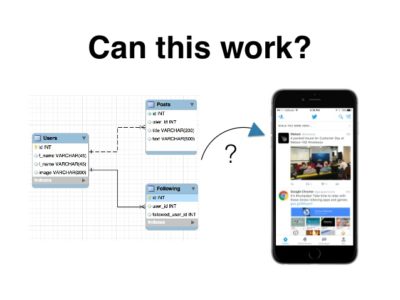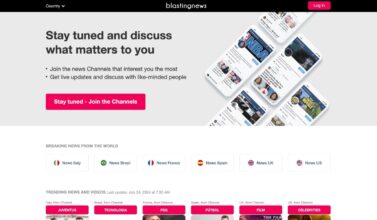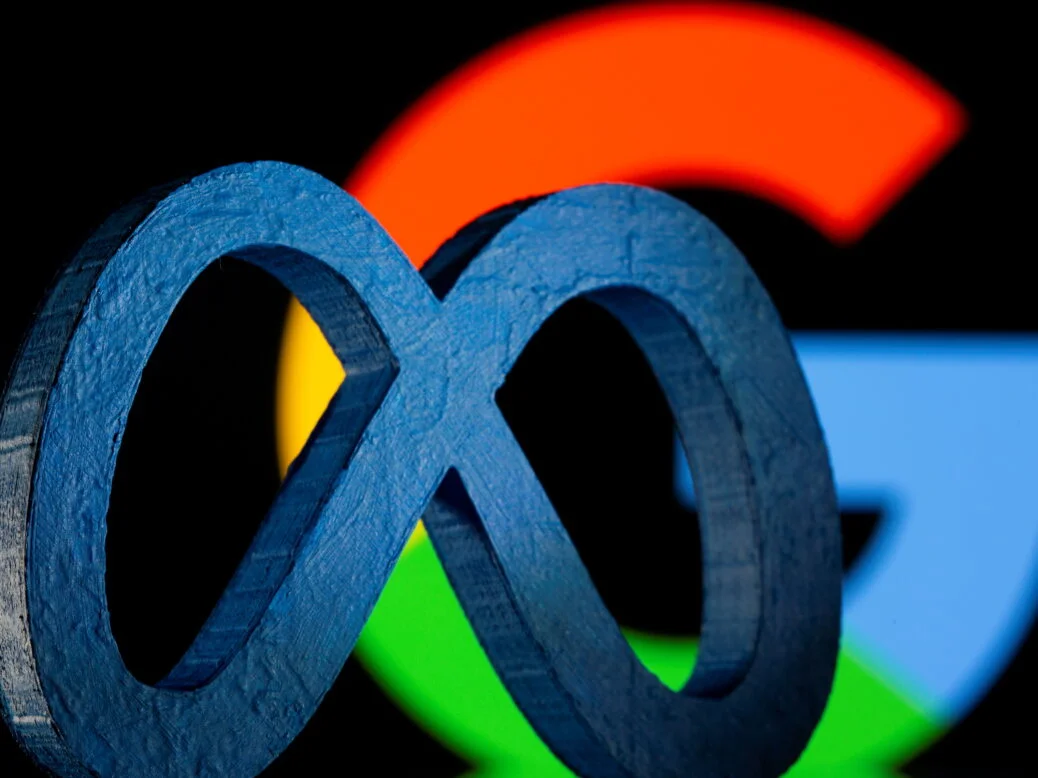Modern media consumers have become tired of the overwhelming amount of content they get exposed to every day. Naturally, in that state of content fatigue, they started searching for clarity and began demanding relevancy: some type of solution that could filter out all the stories that were of little interest, and save their time and energy.
Thus, personalized news was born.
News organizations have started carefully selecting and curating content for their readers in order to better serve their interests, needs, and expectations. It’s hoped that through this process they are able to build stronger relationships with their audience and nurture loyalty, which is of paramount importance in today’s climate.
Some forecasts claim that personalization is the definitive future of news platforms and that those who don’t transition fast from the broadcasting model to the personalized model are likely to struggle, if not perish.
But is it really that simple? And what are the consequences of personalized news? Let’s take a step back to see a bigger picture.
How did we enter the era of personalization?
Point your finger at any industry and you are guaranteed to hear something about a customer-centric approach or personalization. So, how did this happen? How did we enter the era of personalization?
In the not so distant past in traditional marketing, when advertising means were limited, consumers were exposed to specific promotional messages and had significantly fewer choices than today. As the global market expanded and we entered the digital era, customer behavior evolved and reached the new age of individuality.
Adapting to the customer and catering everything – from marketing messaging to the products – to their liking, became the norm.
The shift of power in the relationship between brands and consumers came naturally. In a way, brands stopped having the main say. Today’s consumers have experienced a larger freedom of choice and now have a myriad of places where they can choose to spend their money, while brands have a new set of marketing challenges to tackle; one of them is certainly figuring out how to capture then prove yourself worthy of customers’ attention.
So, that’s marketing. What’s the situation in the media?
What is the current state of the personalized news economy?
In an attempt to launch or maximize their subscription businesses, publishers are now working on building loyalty by improving their readers’ experience. They do so by introducing personalized news which rely on algorithms and other pattern recognition solutions, or on the direct input from readers.
The shift in editorial strategy, which implies moving away from quantity towards quality and relevancy, has happened in most newsrooms. According to this year’s survey by Digiday, 70% of publishers personalize content for their readers while the half of them who don’t – plan to in the near future.
The majority of publishers conduct passive personalization rather than active personalization. This means they collect information about readers’ location or browsing history in order to tailor content to them.
The main reason why publishers haven’t introduced personalization yet comes down to either the lack of technical expertise or financial resources (and sometimes both). Strangely enough, most of them are not particularly concerned about the possible ethical issues of personalization practices – despite the fact that they may lead to forming filter bubbles.
What is a filter bubble?
Coined by the Internet activist Eli Pariser, the term “filter bubble” is used to describe a state of intellectual isolation in which specific individuals live in, and it’s a side-effect of personalization. It is created by algorithms that personalize one individual’s online experience and trap them in a world where specific websites decide which particular type of content they’re most likely to engage with, rather than the accurate or most complete information.
To understand how filter bubbles are created, we must first understand how algorithms that power big websites work. Algorithms are large, complex sequences of code that decide how relevant a specific piece of information is to an individual.
Algorithmic websites, like Google and Facebook, learn from your activity and behavior, and try their hardest to keep you interested in using their product. Instead of bombarding you with everything, these websites analyze what you search for, what you click on, and how much time did you spend looking at a particular piece of content. Then, they try to be quite selective while deciding which type of information to present to you in the future.
Even though being on an artificially-designed informational diet has its many benefits, the drawbacks that come with living in such a state are quite alarming.
Why are filter bubbles dangerous?
Among other things, the filter bubble creates people that are completely ignorant of the outside world. They lose all sense and value in exposing themselves to other perspectives and opinions.
As Eli Pariser explained in his TED Talk on this subject, we need to add a bit of “balance in our informational diet” if we don’t want to become completely desensitized to the outside world.
Pariser argues that algorithms create filter bubbles that are affecting our society and that they will bring negative effects if we don’t code the algorithms with a sense of civic responsibility. Filter bubbles feed the darkest parts of our human nature. It is true that, at the very core of our being, we don’t want our ideas and values to be challenged.
We all want to live in a world that’s custom tailored to our personal views and beliefs. That’s why we tend to form bonds with others who share similar beliefs and values. We seclude ourselves from differing or contradictory ideas by surrounding ourselves with online friends who share our opinions, and by subscribing to content that produces content that supports our beliefs. There’s even a medical term for this specific behavior, it’s called ‘homophily’.
This, of course, is not good. It leads toward a downward spiral that creates fixed-minded people who are closed to new ideas and different beliefs. These individuals will eventually lose the ability to recognize issues in their behavior and think beyond their limits or points of personal interest.
Can publishers pop the filter bubble?
Filter bubbles are not just a responsibility of publishers. Readers play an equally important role in the issue. Instead of relying on their personalized news feed, they should assess the information more critically and consult several different credible publications. Only this way can they ensure the algorithms don’t trap them in the bubble.
In layman’s terms – by nurturing broad enough interests and ‘feeding’ the algorithm with a little bit of everything, you will be served with a much more balanced flow of information.
In cases of active personalization, the responsibility of media consumers is even greater. But, we have to stop for a second and analyze the true issue at its core.
If a person consciously chooses the type of news they want to consume, they are actually ‘opting-out’ from a great chunk of reality they are not interested in. So, this is not really a matter of blaming and demonizing technology – but an issue of people themselves not willing to participate in debates and challenging their point of view.
It’s true that each reader has unique needs, but there is danger in giving people only those stories that they want. Plus, there is a difference when we’re talking about just stories (i.e. regular articles), and news. Personalized news feeds can lead to people being ill-informed or having an inaccurate picture of the world.
As Mike Dyer, former president and publisher of The Daily Beast, said: “News isn’t Netflix. Journalism companies have a public good mission to confront people with fact-based reporting regardless of how they feel about it, and too much personalization or content matching can harm that mission.”
So, is personalization a must for publishers who want to come closer to their readers?
Simply put, no. At least not yet. One of the most important things for publishers is to measure their content performance properly in order to feel the pulse of their audience and respond to their expectations.
But doing so doesn’t necessarily mean they need to isolate them from other stories that fall beyond their pool of interest.
Just as teenagers spend their adolescence experimenting with ideas and interests to find what feels authentically ‘them’, so too must readers acknowledge that enlightenment can come from outside what’s familiar to them.
Identities are fluid, just like opinions and interests.
Readers might think they don’t care about a certain topic only because they’ve never seen how it relates to them. In fact, it may be that they’ve never been shown how it relates. It’s all in the power of storytelling. A great story brilliantly told, has the ability to engage even those profess disinterest in that subject. It can challenge their views or help them develop a new interest.
Informing readers is just one aspect of journalism – challenging beliefs and opinions through education, context and perspective are other ways it functions too. Perhaps it’s the case that personalization isn’t about serving individuals with articles about those individuals’ interests, but rather about communicating ideas and news in a way that feels more personal, more human. In the end, isn’t that why we all got into this game in the first place?









